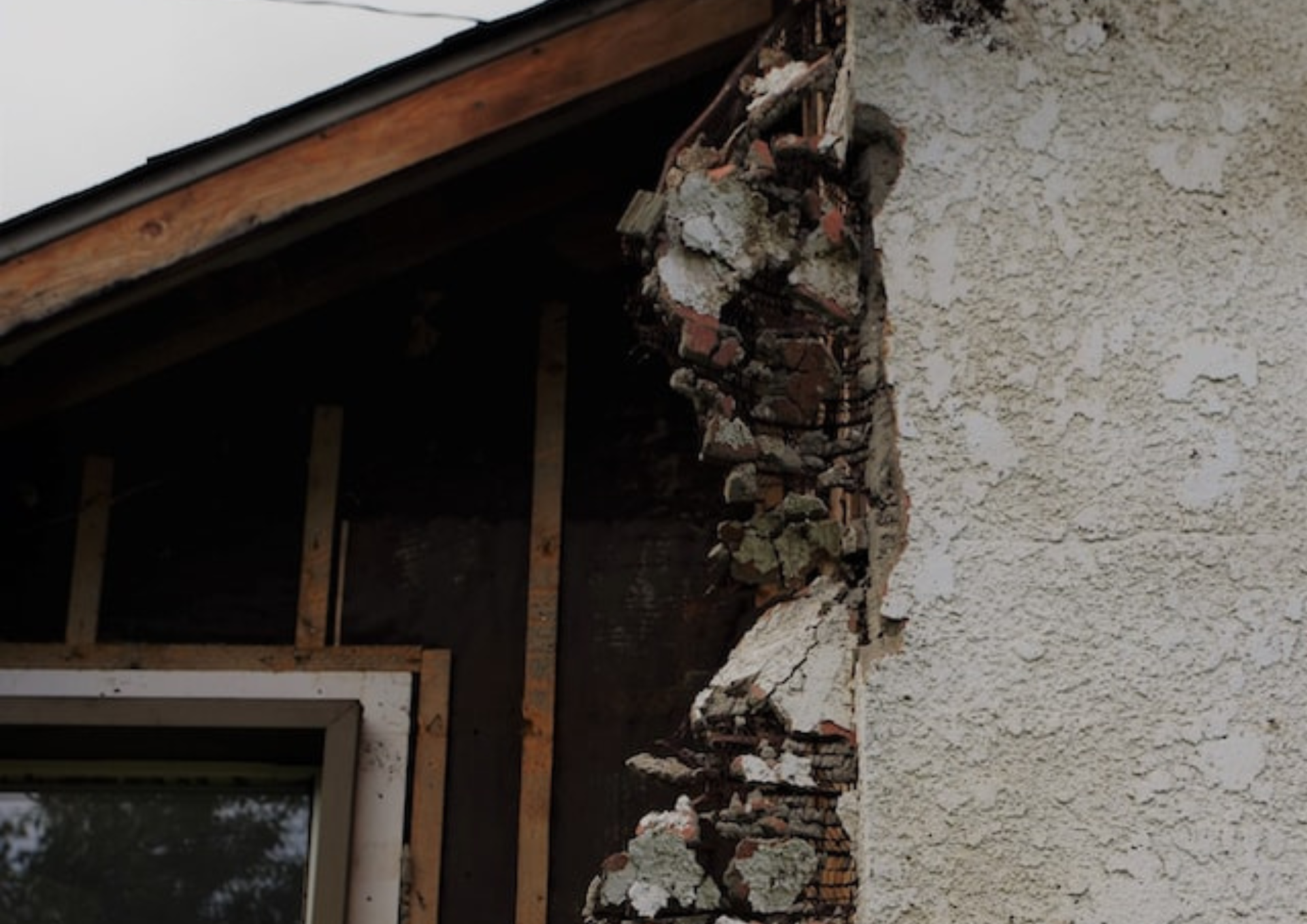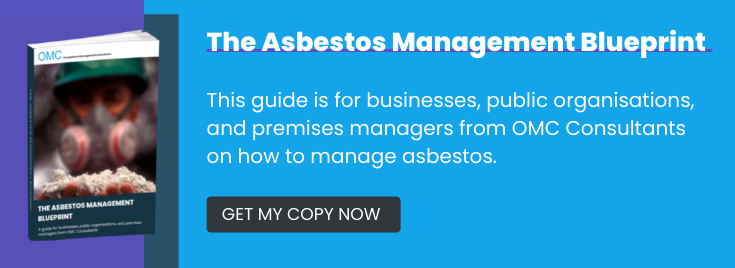Asbestos is a highly dangerous substance. Though its use has been phased out in the UK since the mid-1980s, significant amounts of it are still retained in older buildings. Prolonged exposure to asbestos fibres can cause lung cancer and even small amounts can cause significant health problems. That means businesses who own or engage with properties or equipment containing asbestos have a legal duty to manage it properly.
The risk comes mainly from older non-domestic properties where asbestos was used historically for insulation. By law, those who are responsible for managing the property must assess and manage the risk of exposure. They must produce detailed documentation and review it periodically.
Where Are The Duties Specified?
The duty to manage asbestos is specified in Regulation 4 of the Control of Asbestos Regulations. These came into force on 6 April 2012, superseding previous regulations to ensure the UK implemented the EU’s directive on exposure to asbestos (Directive 2009/148/EC).
Who Is The Duty Holder?
Anybody who is responsible for the maintenance or repair of premises has a duty to manage any asbestos contained in the fabric of that building. This could be the owner of the building or a body that manages the building through contract or tenancy. This applies to non-domestic properties in their entirety, such as schools, hospitals, factories, and municipal buildings. It also covers any common parts of domestic properties, such as the corridors or foyers of apartment buildings.
What Are The Responsibilities?
Full details of responsibilities can be found in the regulations, but in brief, duty holders must:
– As far as reasonably possible, find out the extent and nature of any materials containing asbestos within the property.
– Document the location and condition of any asbestos-containing materials found (including those which are presumed to be so and cannot be proven otherwise).
– Assess the risk of exposure for anyone using or working in the building.
– Prepare a plan to manage these risks and put it into action.
– Provide detailed information to anyone managing work on or in the building regarding the presence of these risks.
– Periodically review documentation and plans to ensure they accurately reflect the current state of the premises and any requirements for action.
Who Should Remove Asbestos?
If construction or renovation work requires asbestos to be handled, disturbed, or removed, regulations for proper handling must be followed closely. For high-risk materials, such as pipe insulation or insulating panels, only a Licensed Asbestos Removal Contractor (LARC) should handle the asbestos. They can seal, encapsulate, or remove asbestos as required without risk to the public.
Unlicensed contractors with non-licensed trained operatives and appropriate equipment working in compliance with Health and Safety Guidance, HSG 210 – “Asbestos Essentials” may carry out work on lower-risk materials, such as asbestos cement sheets or roofing. However, if in doubt, by far the best option is to get advice from expert consultants, to avoid safety hazards as well as legal liability.
Asbestos assessment by OMC Consultants
As an asbestos management consultancy with consultants having extensive experience and knowledge in asbestos risk management, OMC Consultants are well-placed to provide a thorough risk assessment as well as guidance on training and information-sharing procedures. If you require mitigation actions for high-risk asbestos, we will advise on the right steps to take to stay safe and legal.
For more information and advice on asbestos handling, please contact our expert team today.
Image Source: Unsplash


